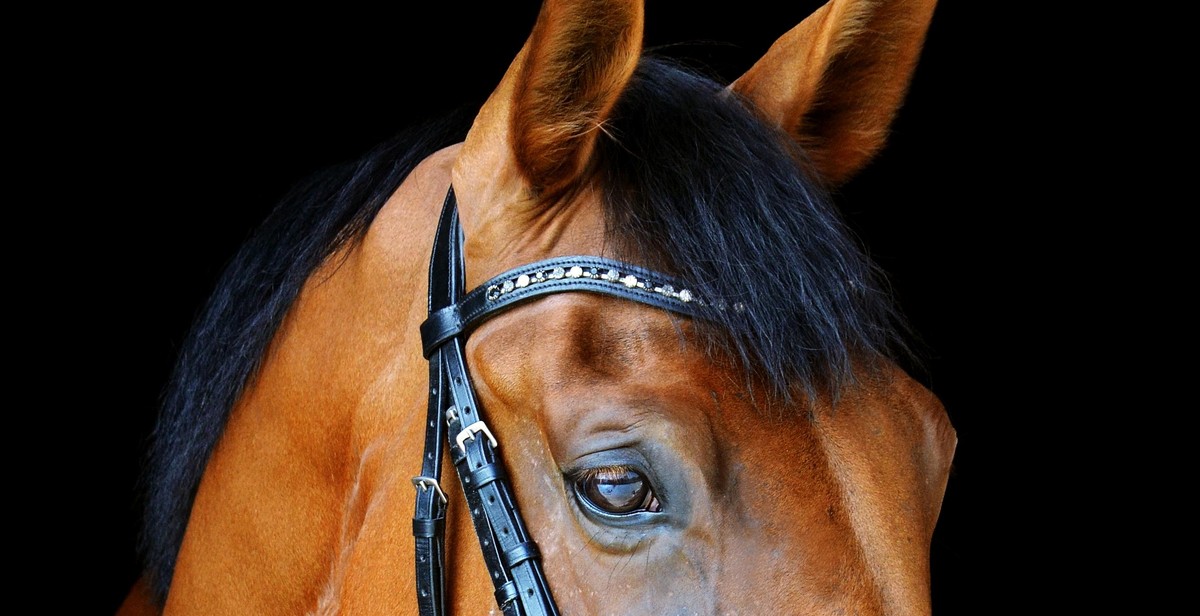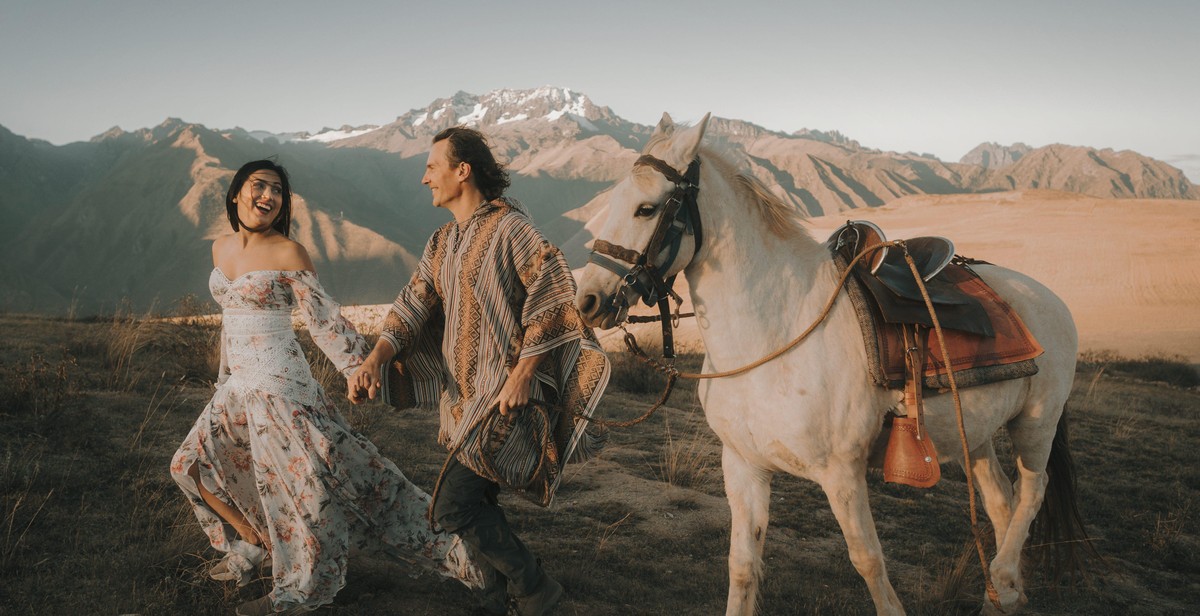How to Handle a Spooked Horse: Techniques for Calming and Managing a Nervous Horse
As an experienced horse rider and trainer, I have encountered my fair share of spooked horses. Whether it’s a sudden loud noise, an unexpected object in their path, or simply a change in their environment, many horses have a natural flight instinct that can cause them to react in unpredictable ways. As a rider or handler, it’s important to know how to handle a spooked horse to prevent injury to both yourself and the horse.
Recognizing a Spooked Horse
Before you can effectively handle a spooked horse, you need to be able to recognize when a horse is nervous or frightened. Some signs of a spooked horse include:
- Pricked ears
- Wide eyes
- Tense muscles
- Stiff tail
- Backing up or bolting forward
If you notice any of these signs, it’s important to take action to calm the horse and prevent any dangerous behavior.
Techniques for Calming a Spooked Horse
There are several techniques you can use to calm a spooked horse, including:
- Deep breathing and relaxation techniques
- Using a calming voice and gentle touch
- Removing the source of the horse’s fear, if possible
- Leading the horse away from the source of fear
- Using calming supplements or medications, if necessary
By using these techniques and staying calm and focused, you can effectively handle a spooked horse and prevent any dangerous behavior. In the following sections, we’ll explore each of these techniques in more detail and provide tips for implementing them in a variety of situations.

Understanding Spooked Horses
As a horse owner, it’s important to understand what causes a horse to become spooked. Horses are prey animals and have a natural instinct to flee when they perceive a threat. This instinct can be triggered by a variety of stimuli, including loud noises, sudden movements, unfamiliar objects or people, and even changes in the environment.
What Causes a Horse to Become Spooked?
Some common causes of horse spooking include:
- Loud noises, such as thunder or fireworks
- Sudden movements, such as a person jumping out from behind a tree
- Unfamiliar objects, such as a trash can or a parked car
- Unfamiliar people or animals
- Changes in the environment, such as a gust of wind or a sudden change in lighting
It’s important to note that every horse is different and may have different triggers for spooking. Some horses may be more sensitive to certain stimuli than others. It’s important to get to know your horse and understand what situations may cause them to become spooked.
Recognizing Signs of Fear in Horses
It’s important to be able to recognize when your horse is feeling fearful or anxious. Some common signs of fear in horses include:
- Flared nostrils and widened eyes
- Increased heart rate and breathing
- Trembling or shaking
- Sweating or lathering
- Backing away from a stimulus
- Bolting or running away
If you notice any of these signs in your horse, it’s important to stay calm and try to remove them from the stimulus causing the fear. It’s important to not punish your horse for spooking, as this can increase their anxiety and make the situation worse.
| Do: | Don’t: |
|---|---|
|
|
By understanding what causes a horse to become spooked and how to recognize signs of fear, you can better manage your horse and keep them safe in potentially scary situations.
Techniques for Calming a Spooked Horse
Dealing with a spooked horse can be a daunting task, especially for inexperienced riders. However, with the right techniques, you can calm and manage a nervous horse. Here are some effective techniques for calming a spooked horse:
Approaching a Spooked Horse Safely
The first step in calming a spooked horse is to approach it safely. Never approach a spooked horse from behind or make sudden movements that could startle it further. Approach the horse calmly and confidently, speaking in a soothing voice. Avoid making direct eye contact, as this can be seen as a threat.
Groundwork Exercises to Help Calm a Spooked Horse
Groundwork exercises are an effective way to calm a spooked horse. These exercises help to build trust and establish a bond between you and the horse. Some examples of groundwork exercises include lunging, desensitization, and obstacle courses. These exercises help to desensitize the horse to new and potentially frightening stimuli, making it less likely to spook in the future.
Using a Calming Voice and Touch
Using a calming voice and touch is another effective technique for calming a spooked horse. Speak to the horse in a soft and soothing tone, using words that it is familiar with. Use gentle touches to reassure the horse, rubbing its neck or shoulder in a slow and rhythmic motion. This helps to calm the horse and build trust between you and the animal.
Using Distractions to Calm a Spooked Horse
Using distractions can also be an effective way to calm a spooked horse. Offer the horse a treat or a toy to distract it from the source of its fear. This can help to redirect the horse’s attention and calm its nerves. However, be careful not to overuse this technique, as it can create a dependence on distractions to calm the horse.
By using these techniques, you can effectively calm and manage a spooked horse. Remember to approach the horse safely, use groundwork exercises to build trust, use a calming voice and touch, and use distractions as needed. With time and patience, you can help your horse overcome its fears and become a more confident and relaxed animal.

Managing a Spooked Horse
Dealing with a spooked horse can be a scary experience, but with the right techniques, you can calm and manage your nervous horse. Here are some tips on how to do just that:
Developing a Bond with Your Horse
One of the most important things you can do to manage a spooked horse is to develop a bond with your horse. Spend time with your horse, grooming, and talking to them. This will help your horse feel more comfortable around you and trust you more. When a horse trusts you, they are more likely to listen to your cues and be less reactive when they get spooked.
Creating a Safe Environment for Your Horse
Another important aspect of managing a spooked horse is creating a safe environment for your horse. This means removing any potential hazards from the horse’s environment, such as sharp objects, loud noises, and sudden movements. Make sure your horse has a quiet, predictable space to call their own, with plenty of access to food and water.
Training to Reduce Spooking
Finally, training your horse to reduce spooking is essential in managing a spooked horse. Training should focus on desensitizing your horse to common triggers, such as loud noises or sudden movements. Gradually introduce your horse to these triggers in a controlled environment, such as a round pen or arena. Use positive reinforcement techniques to reward your horse for staying calm and focused.
| Training Techniques to Reduce Spooking |
|---|
| Desensitization exercises |
| Introducing new stimuli gradually |
| Positive reinforcement training |
By developing a bond with your horse, creating a safe environment, and training to reduce spooking, you can effectively manage a spooked horse. Remember to stay calm and patient, and always put your safety and the safety of your horse first.

Conclusion
Handling a spooked horse can be a challenging and potentially dangerous situation for both the horse and the rider. However, by understanding the reasons why a horse may become nervous or frightened, and employing the appropriate techniques to calm and manage the horse, you can help prevent accidents and build a trusting relationship with your equine companion.
Remember to:
- Remain calm and quiet
- Assess the situation and remove any potential threats
- Use positive reinforcement and reward good behavior
- Practice desensitization techniques
- Establish clear communication and trust
It’s important to note that each horse is unique and may respond differently to various techniques. Patience and consistency are key when working with a spooked horse, and seeking the guidance of a professional trainer or experienced horse handler can be invaluable in developing effective strategies for managing nervous behavior.
